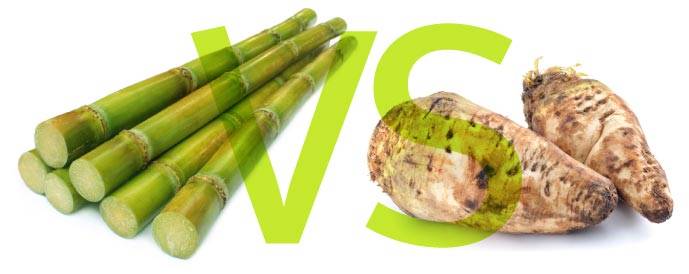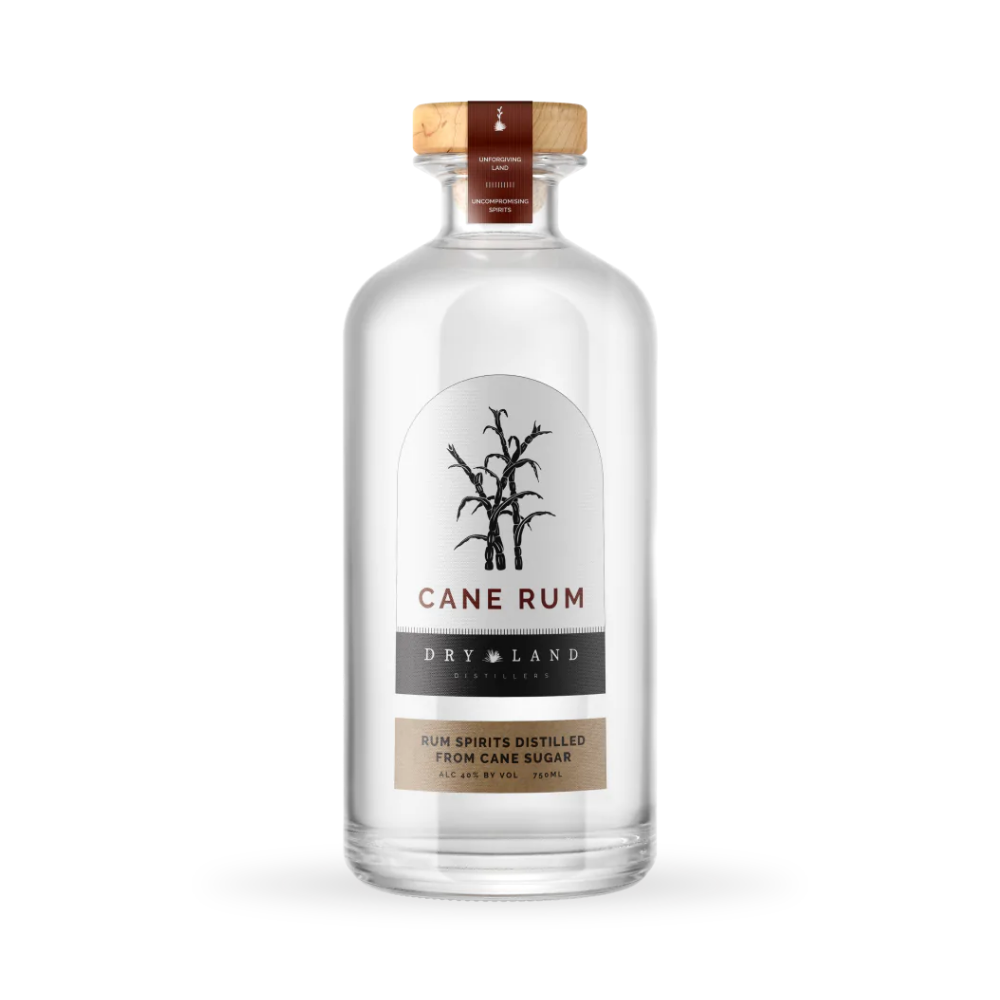The Scientific Research Behind Cane Sugar Processing: How Sweetness is Refined
The Scientific Research Behind Cane Sugar Processing: How Sweetness is Refined
Blog Article
Exploring the Comprehensive Steps Associated With Walking Stick Sugar Handling From Gathering to Improvement
The procedure of walking stick sugar manufacturing incorporates a collection of intricate steps, starting with the careful harvesting of sugarcane and finishing in the refinement phases that make certain the end product fulfills market requirements. Each phase, from the removal of juice to the purification and formation processes, plays an important role in figuring out the quality and personality of the sugar. Understanding these stages not only highlights the complexity of sugar manufacturing yet also increases important questions regarding performance, sustainability, and advancement in the industry. What ramifications do these variables have for future practices?
Harvesting Sugarcane
Harvesting sugarcane is a vital action in the walking stick sugar processing chain, as it directly influences the high quality and yield of the final product. Proper timing and strategies are necessary during this phase to guarantee optimal sugar content and minimize losses. Generally, sugarcane is harvested when it reaches maturation, typically 12 to 18 months after planting, defined by a high sucrose concentration.

Post-harvest, the sugarcane needs to be processed swiftly to stop sucrose degradation. Preferably, collected walking cane needs to be delivered to processing facilities within 24-hour to maintain sugar top quality. Consequently, reliable logistical planning is essential to maintain the integrity of the collected crop throughout the supply chain.
Extraction Process

The crushed walking stick undergoes a collection of pushing operations to take full advantage of juice recuperation. Typically, warm water is sprayed onto the crushed walking cane, producing a countercurrent flow that assists dissolve the sugar while also aiding in the removal procedure. The juice collected from this procedure has not just sugar but also numerous organic substances and impurities.

To improve removal efficiency, some centers might use diffusion approaches, where the sugarcane is taken in warm water, enabling the soluble sugars to diffuse into the fluid. The resulting juice, rich in sucrose, is then guided to subsequent handling stages, laying the foundation for purification and refinement. The extraction process is hence critical in establishing the quality and return of the last sugar item.
Filtration Techniques
The purification techniques utilized in walking cane sugar processing are essential for changing the raw juice right into a high-quality sugar product. These techniques largely intend to eliminate pollutants, such as soil, plant materials, and not natural substances, which can adversely influence the final product's flavor and shade.
This process entails adding lime and heat to the raw juice, which promotes the coagulation of impurities. In addition, the usage of phosphoric acid can enhance the clarification procedure by further binding contaminations.
One more significant strategy is carbonatation, where carbon dioxide is presented to the made clear juice. This reaction generates calcium carbonate, which catches continuing to be pollutants and promotes their elimination.
In addition, triggered carbon therapy may be applied to adsorb any kind of remaining colorants and organic contaminations, making certain a more polished product. The mix of these techniques successfully prepares the sugar juice for subsequent action in the refining process, establishing the stage for the production of top notch cane sugar.
Formation Methods
After the purification stage, the next crucial action in cane sugar handling entails condensation approaches, which play a crucial function in changing the made clear juice into solid sugar. This procedure typically uses two main approaches: spontaneous condensation and regulated formation.
In spontaneous condensation, supersaturated sugar services are permitted to cool down normally, leading to the formation of sugar crystals with time. This technique is less complex but might lead to irregular crystal dimensions and lower pureness levels. On the other hand, managed condensation is a much more precise method where seeding, focus, site here and temperature level representatives are meticulously handled. This technique enables the consistent development of sugar crystals and greater pureness.
Throughout formation, the clarified juice is focused through dissipation, increasing its sugar content up until it reaches supersaturation. When this point is accomplished, either technique can facilitate the formation procedure. Cane Sugar Processing. The resultant sugar crystals are after that separated from the staying syrup through centrifugation
Ultimately, the selection of crystallization technique influences the quality, dimension, and purity of the final sugar item, making this action essential in the total walking cane sugar processing procedure.
Improvement and Packaging
Just how can the pureness and top quality of walking stick sugar be better improved after crystallization? The improvement process plays a vital role in accomplishing high-quality walking stick sugar.
Following, the sugar goes through a process called centrifugation, where Bonuses it is spun at high rates to separate the cleansed sugar crystals from the remaining liquid. After centrifugation, the sugar is usually additional improved through a technique called carbonization or phosphatation, which makes use of activated carbon or phosphoric acid to remove shade and off-flavors.
Once fine-tuned, the sugar is dried out to achieve the preferred wetness content, making sure that it remains stable during storage space and transport. The final step includes packaging the refined sugar in impermeable and moisture-proof containers to maintain its high quality and protect against contamination. Cane Sugar Processing. Appropriate product packaging not just extends service life however likewise facilitates easy handling and circulation, ensuring that consumers receive sugar that meets the greatest requirements of pureness and top quality
Conclusion
The comprehensive steps involved in walking stick sugar processing, from the precise harvesting of sugarcane to the elaborate refinement and packaging stages, underscore the importance of each stage in ensuring top quality sugar production. Optimal harvesting techniques, efficient removal techniques, and extensive purification processes jointly add to the last item's purity and stability. The crystallization and subsequent product packaging techniques additionally improve the honesty and life span of the sugar, highlighting the intricacy and precision inherent in this important agricultural sector.
The procedure of walking stick sugar production encompasses a collection of detailed actions, beginning with the cautious harvesting of sugarcane and culminating in the refinement phases that make certain the last item fulfills market requirements. Ideally, gathered walking cane ought to be moved to refining facilities within 24 hours to maintain sugar quality.In spontaneous crystallization, supersaturated sugar remedies are permitted to cool normally, leading to the formation of sugar crystals over time - Cane Sugar Processing. The improvement More about the author process plays a vital role in accomplishing top notch walking stick sugar.The thorough steps entailed in walking stick sugar processing, from the careful harvesting of sugarcane to the elaborate improvement and packaging phases, underscore the relevance of each phase in ensuring high-quality sugar manufacturing
Report this page